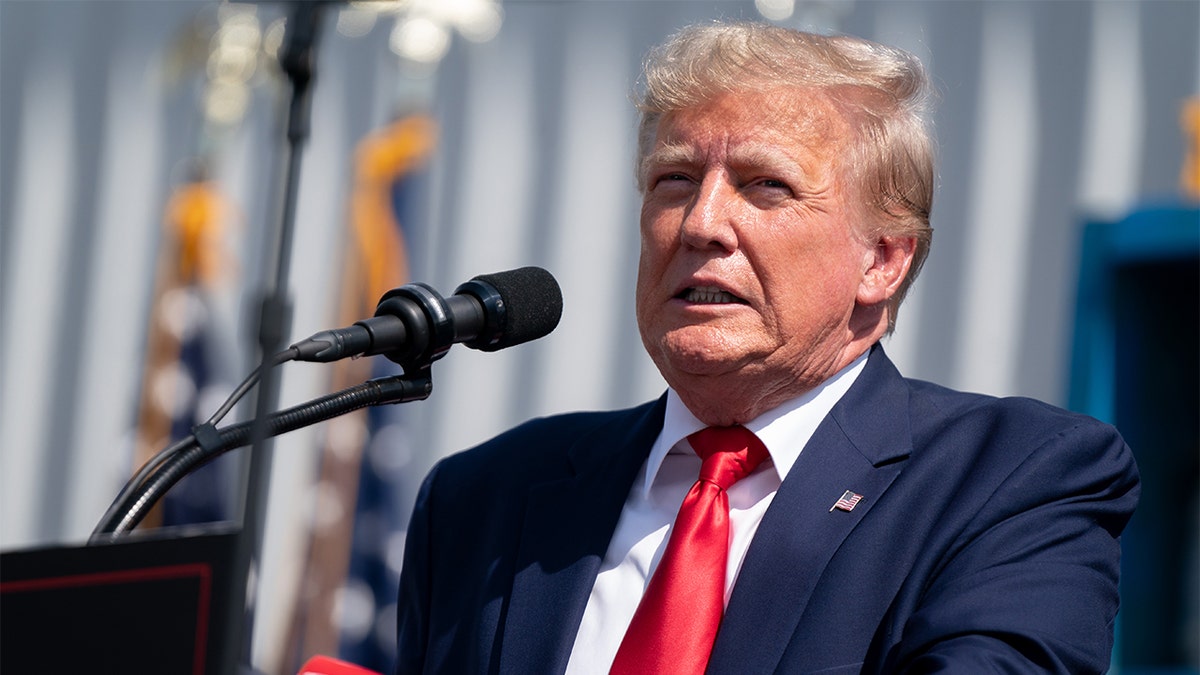The Federal Communications Commission (FCC) has officially expressed its support for the utilization of white spaces, a development that holds significant implications for the future of wireless communications. White spaces refer to the unoccupied frequencies within the broadcasting bands allocated to television stations. These frequencies can be harnessed to provide wireless broadband services, which could substantially benefit underserved and rural communities lacking reliable internet access.
The FCC’s endorsement comes on the heels of a growing consensus regarding the necessity of expanding broadband access. In an age where digital connectivity is paramount, the adoption of white spaces represents a strategic maneuver to bridge the digital divide that persists across various regions of the United States. By employing these frequencies, telecom companies can offer services at lower costs and with increased coverage, allowing rural users to experience Internet speeds comparable to those in urban centers.
This development evokes a broader discussion about the intersection of technology, policy, and community welfare. White spaces have the potential to revolutionize the way individuals access information, communicate, and partake in an increasingly digital economy. Educational institutions, healthcare providers, and businesses could seize the opportunity to leverage this newfound access to boost their operational capabilities, ultimately enhancing quality of life for residents in previously neglected areas.
Particular attention must be paid to the technical aspects involved in deploying white space technology. Robust standards and protocols need to be established to ensure that current broadcasting operations remain unhindered. Crucial to this effort is the DTV (Digital Television) database, which plays a pivotal role in managing these underutilized frequencies. The database provides essential information about which channels are currently in use, thereby preventing potential interferences that could degrade service quality.
The deployment of white spaces invites innovation in several realms. Companies specializing in telecommunications, hardware development, and software solutions will likely invest in research and development to create devices capable of tapping into these frequencies effectively. This could introduce a new spectrum of devices optimized for white space technology, thereby stimulating the economy through job creation and technological prowess.
Nevertheless, the transition towards the utilization of white spaces is not without challenges. Regulatory hurdles, market readiness, and ensuring equitable access remain paramount concerns that necessitate meticulous planning and execution. Stakeholders, including local governments and community organizations, must work collaboratively to devise frameworks that facilitate widespread adoption while safeguarding public interest.
In conclusion, the FCC’s recent support for white spaces heralds a pivotal moment in the ongoing discourse surrounding broadband access and digital inclusion. This initiative not only promotes technological advancement but also signifies a commitment to fostering a more connected society. As we navigate this evolving landscape, it becomes increasingly imperative to prioritize inclusivity and transparency to ensure that the benefits of modern connectivity are shared equitably across all demographics.
